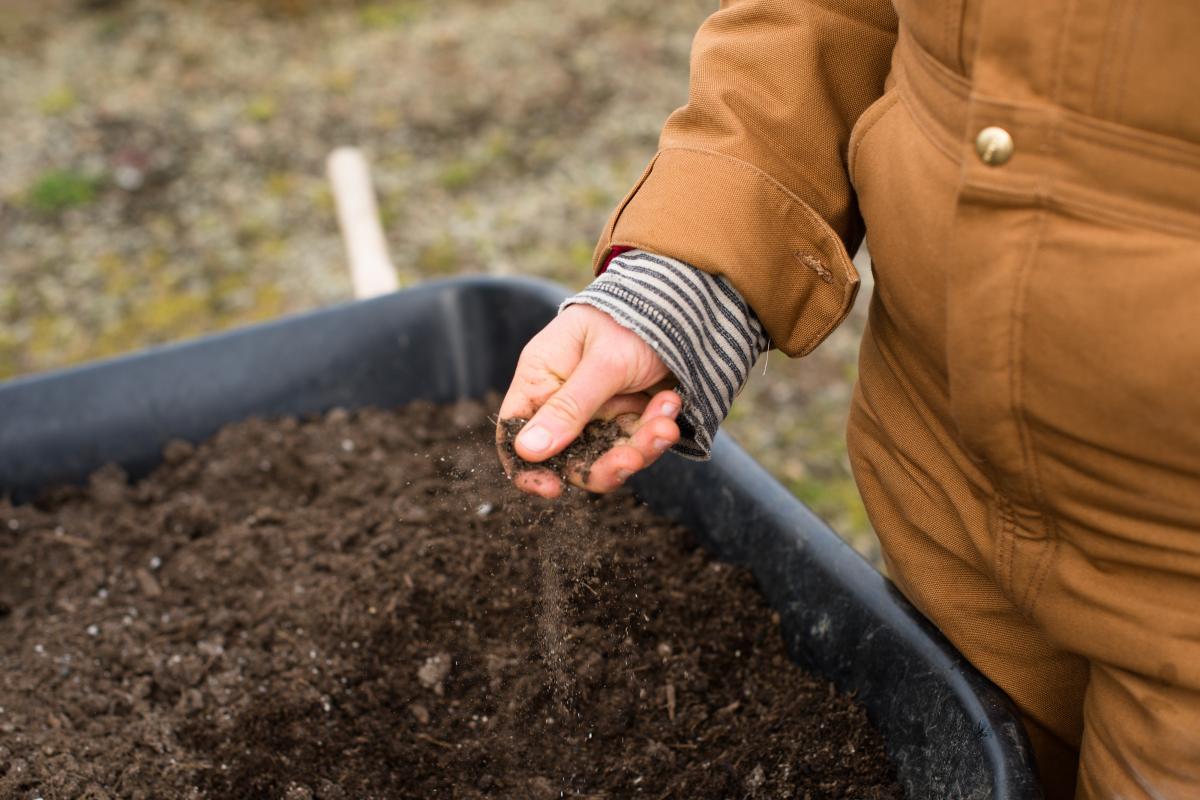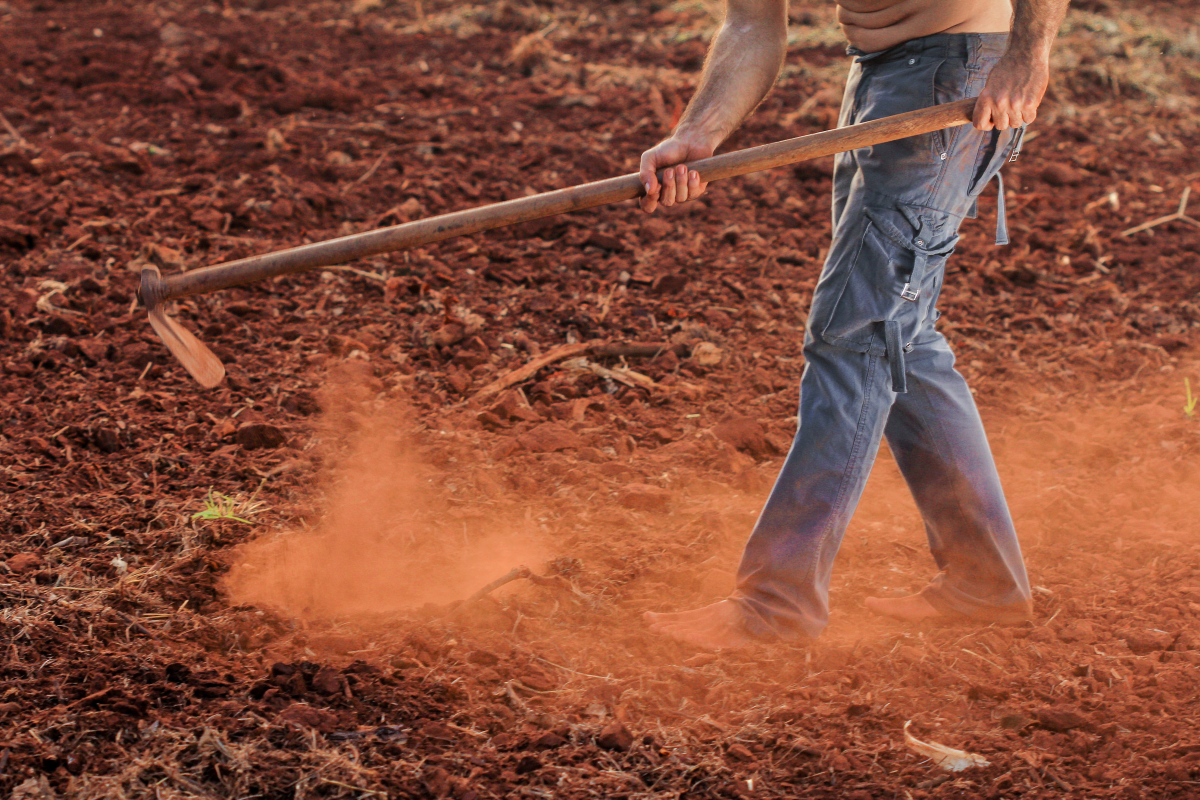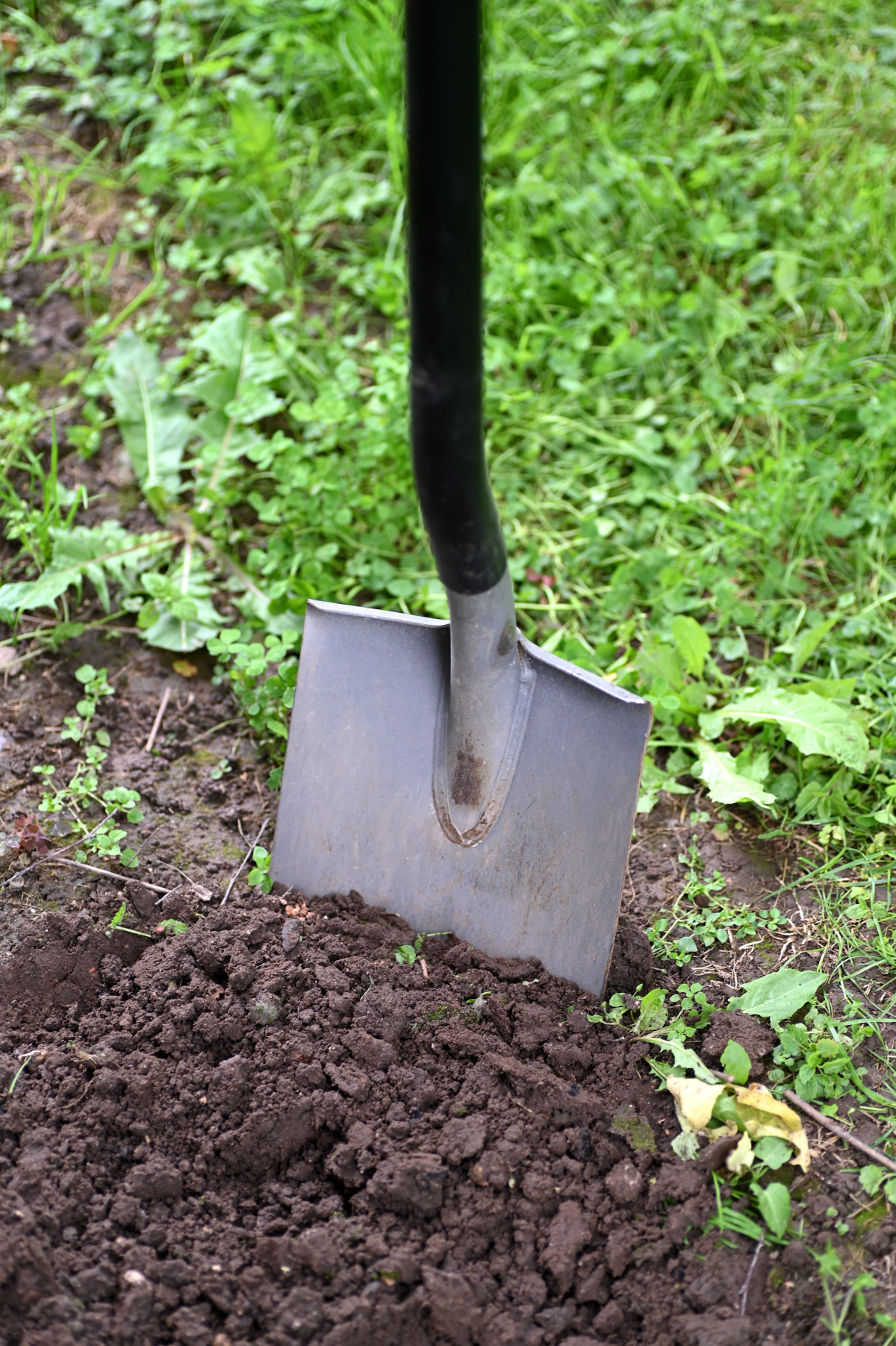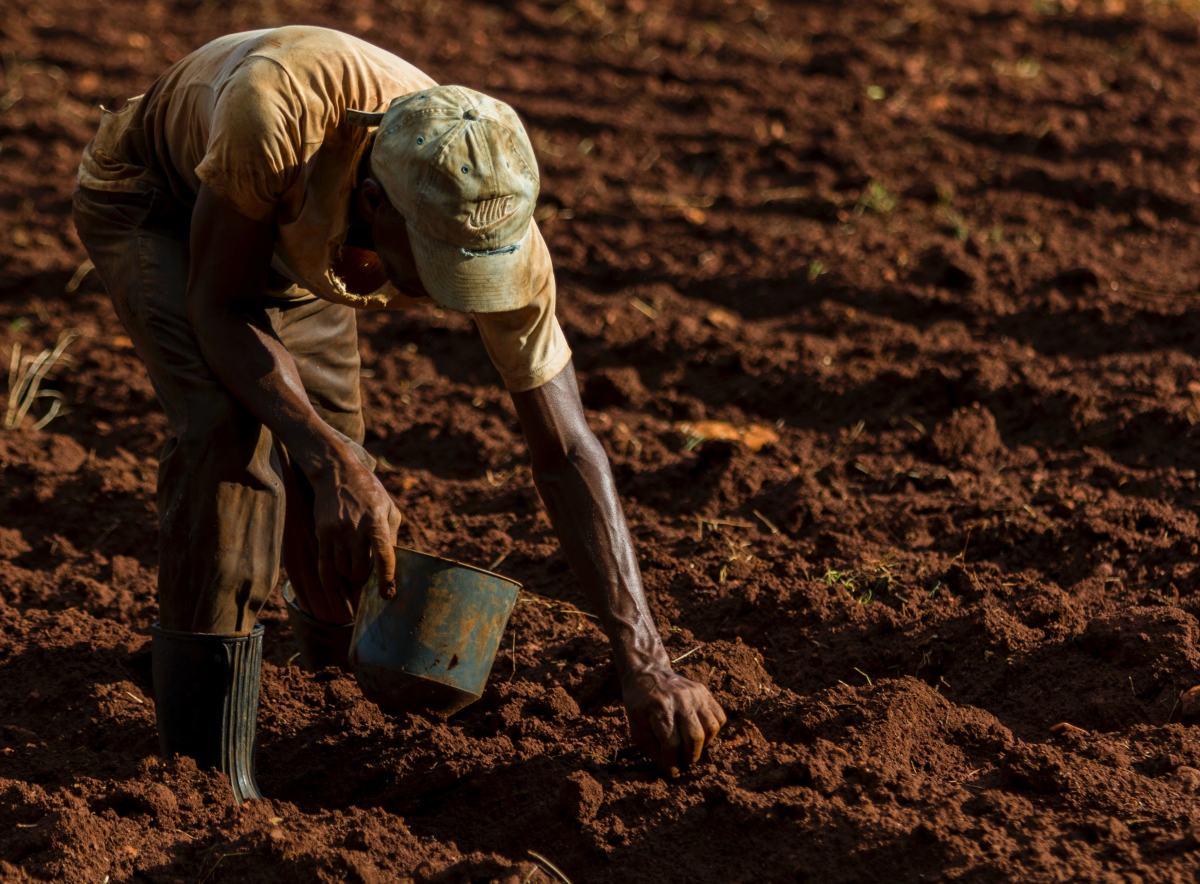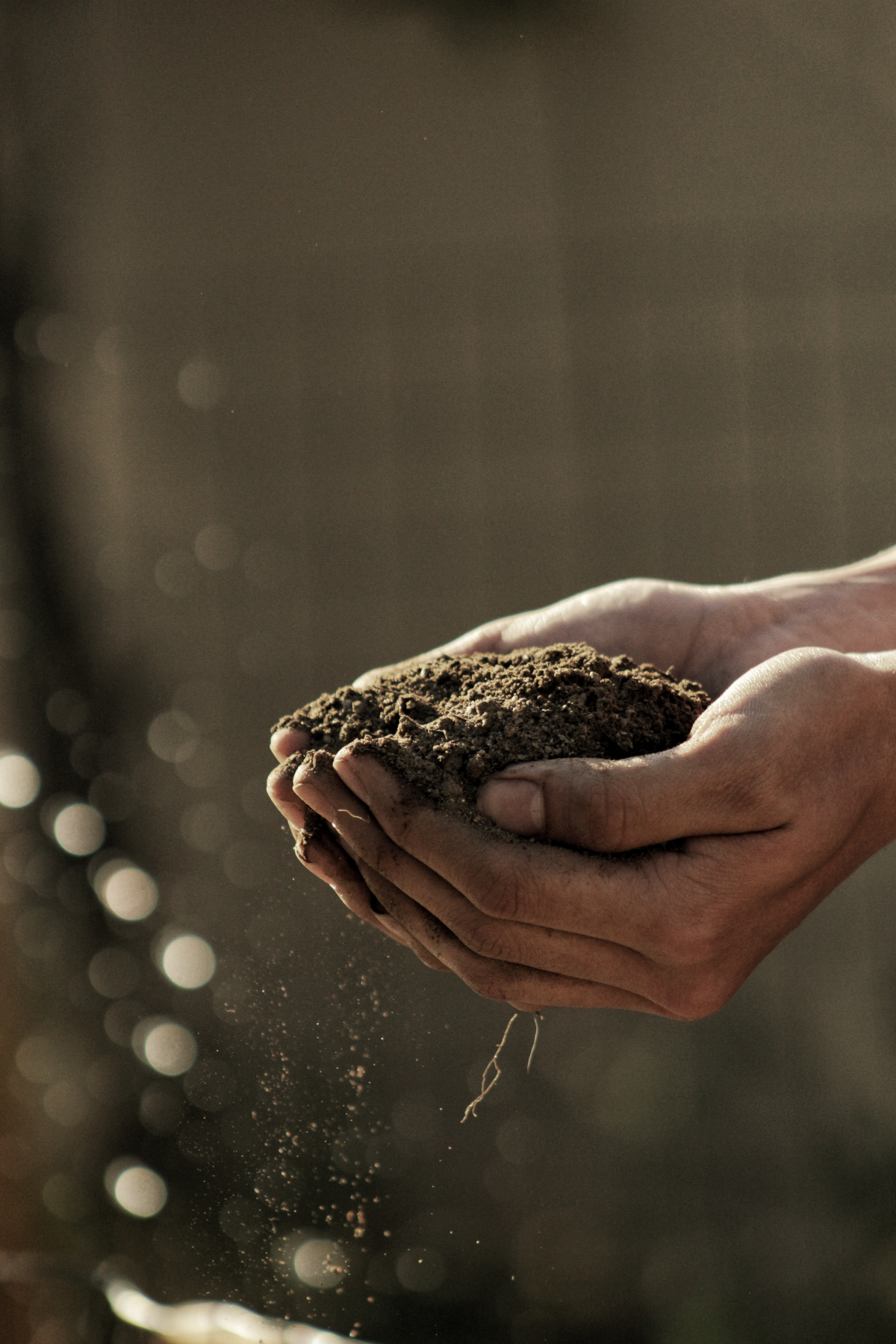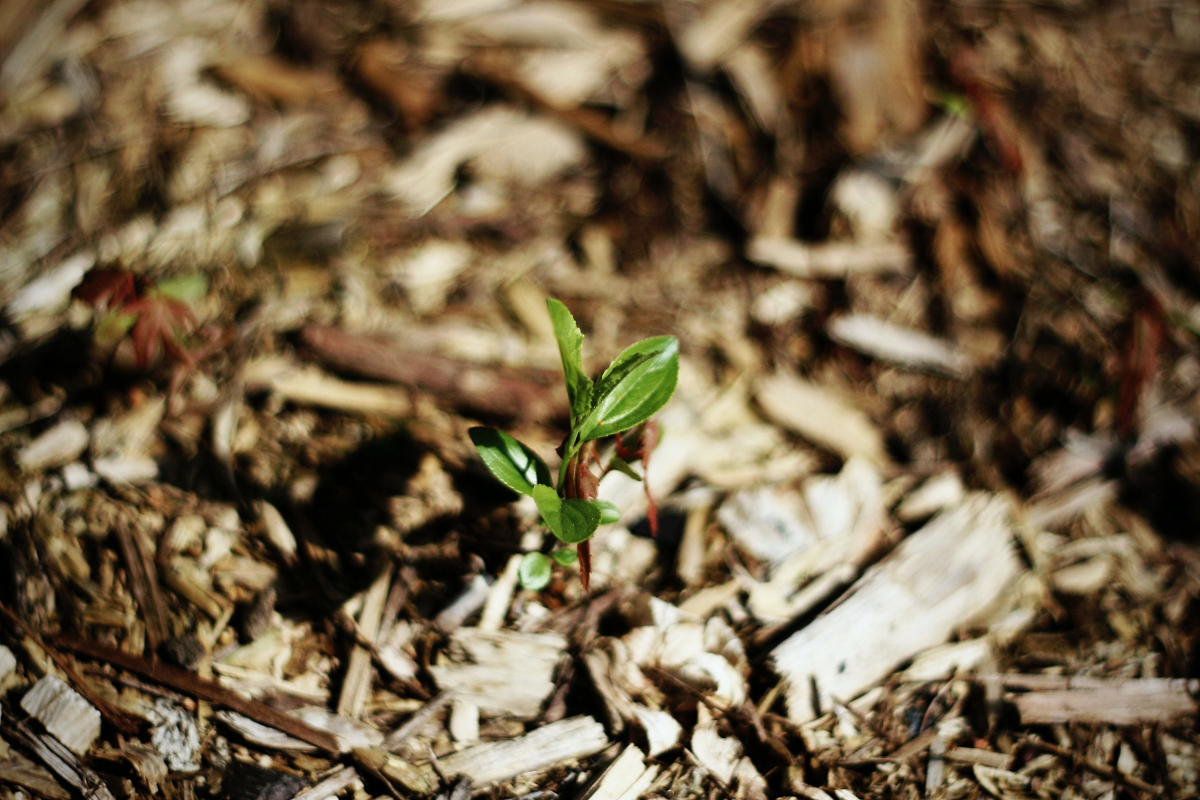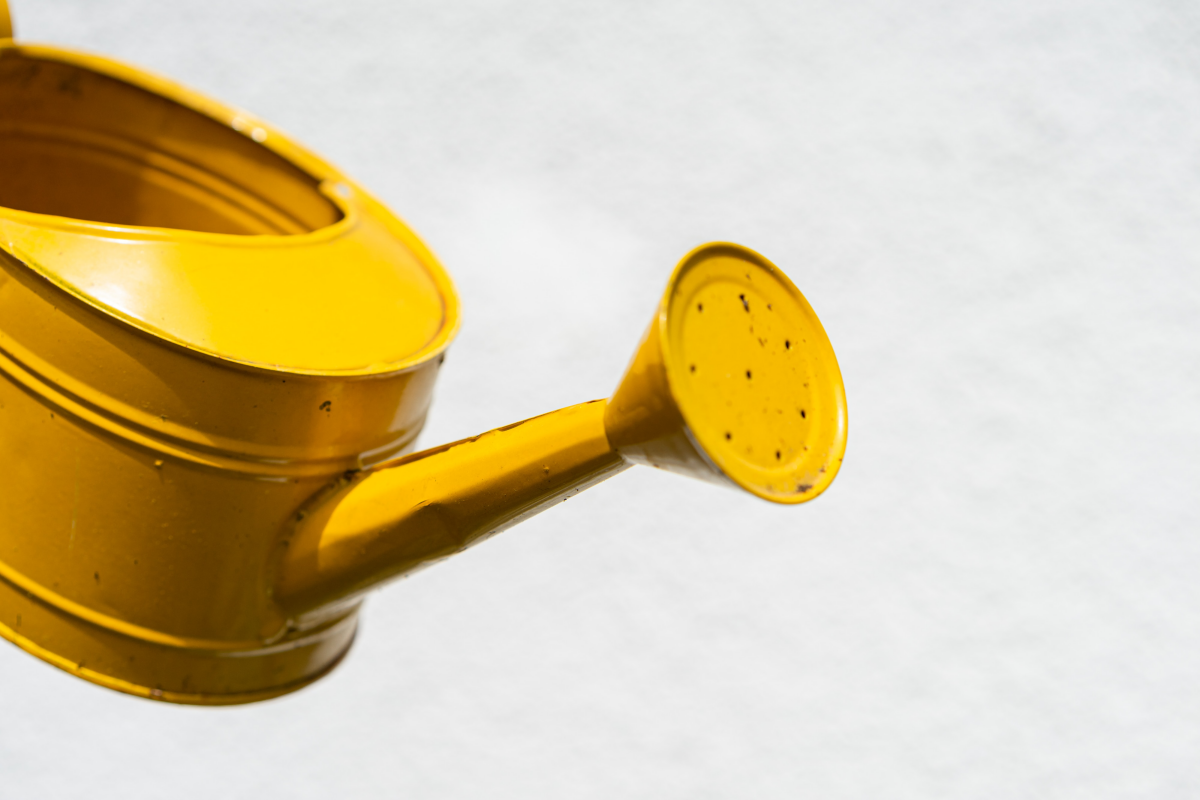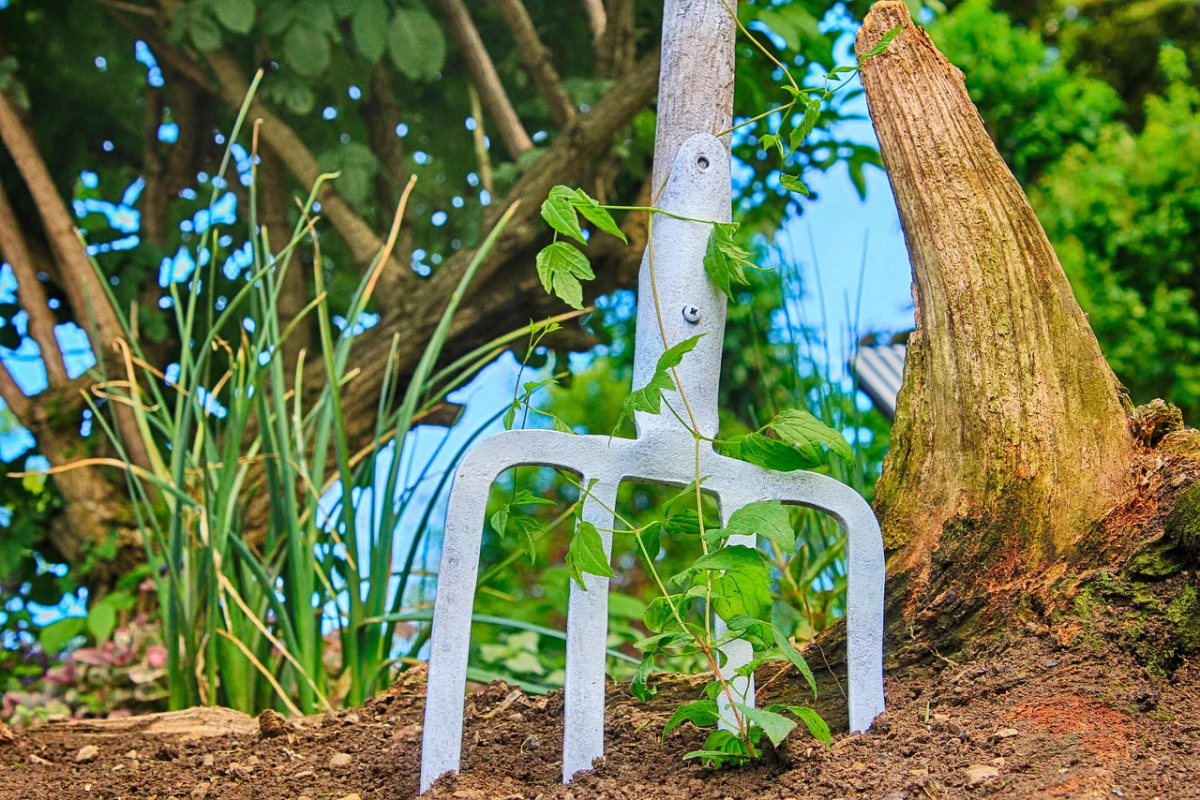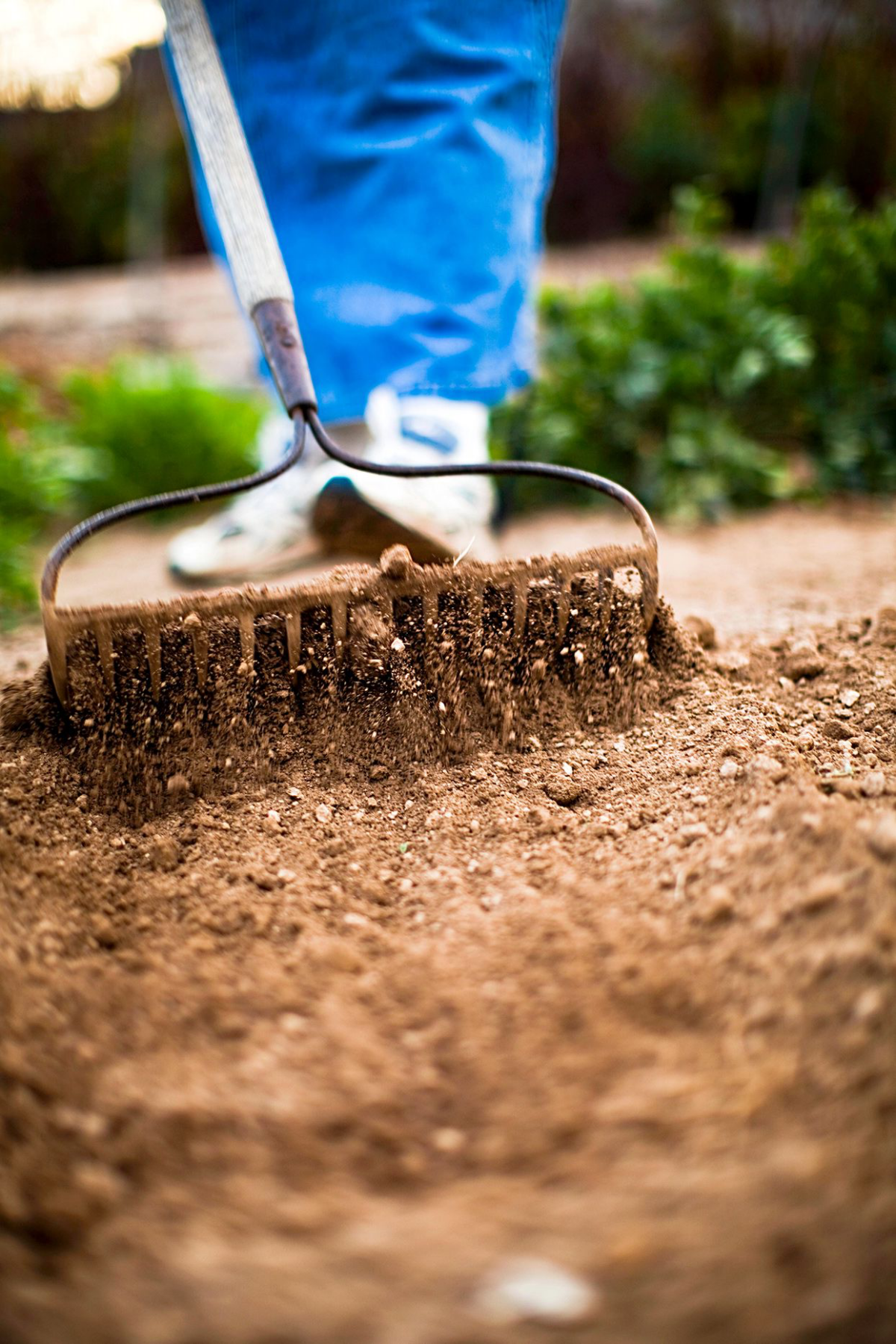Here Is How To Turn Over Soil Like A Pro Gardener
Whether you’re a seasoned green thumb or just starting your gardening journey, understanding the art of turning over soil is crucial. This foundational gardening practice is more than just a physical task. It’s a nurturing process that enriches your garden, promoting healthy plant growth. Turning over soil aerates the earth, improves drainage, and integrates essential nutrients, creating an ideal environment for plant roots to thrive. Well-turned soil fosters a flourishing garden, bursting with life and vigor. So, let’s embark on this detailed guide, crafted to help you master the techniques of turning over soil like a pro gardener, ensuring your garden becomes a haven of health and beauty. Here is how to turn over soil like a pro gardener.
Understanding the art of turning over soil is crucial
In this article
How To Turn Over Soil
Delving into soil types is the first thing you need to focus on before starting to turn over anything. Each type of soil, from loamy to sandy, clay to silt, plays a unique role in your garden’s ecosystem. Understanding your garden’s specific soil type is key to successful gardening. For instance, sandy soil offers excellent drainage but may struggle to retain nutrients, while clay soil holds nutrients well but can have drainage issues. Loamy soil, often considered the holy grail of gardening soil, offers a balanced mix of drainage and nutrient retention. This section of our guide will take you through the steps to identify your garden’s soil type and understand how it influences plant growth, helping you make informed decisions about soil care and planting choices.
Understanding your garden’s specific soil type is key to successful gardening
The right time to turn over soil
In the intricate dance of gardening, timing plays a pivotal role, especially when it comes to turning over soil. Selecting the ideal time for this task is essential for fostering optimal conditions for plant growth. Typically, the prime seasons for soil turnover are early spring or late autumn, as these periods avoid the extreme weather conditions of summer heat and winter frost. The readiness of your soil for turnover can be determined by its texture; it should feel moist but not saturated, and crumbly without being parched. This moisture level indicates that the soil is pliable enough for turning without being so wet as to clump or so dry as to resist cultivation. Paying close attention to these subtle cues from your soil, such as its consistency and moisture content, is crucial.
Selecting the ideal time for this task is essential for fostering optimal conditions for plant growth
Tools you will need
The gardener’s toolkit is as essential as the artist’s palette, especially when undertaking the task of turning over soil. The right tools not only make the job easier but also more effective. Essential in this endeavor are a sturdy shovel or spade for digging, a garden fork for breaking up and aerating the soil, and perhaps a hoe or tiller for tackling larger areas. These tools help in efficiently cutting through the soil, turning it over, and ensuring that it is well-aerated. However, not having access to traditional gardening tools doesn’t spell doom for your gardening efforts. You can employ innovative DIY methods and repurpose everyday items to achieve similar results. An old garden rake or a makeshift cultivator can be just as effective in preparing your garden’s soil.
The gardener’s toolkit is as essential as the artist’s palette
Preparing the garden
Before the act of turning over the soil commences, preparing your garden is a crucial step that should not be overlooked. This preparation involves meticulously clearing the area of any weeds, debris, and other potential obstacles. Removing weeds is particularly important as they compete with your future plants for essential nutrients and water. Moreover, clearing away debris such as fallen leaves or broken branches ensures that the soil surface is clean and unobstructed, facilitating easier turnover. Once the space is prepared, the actual process of soil turnover can begin. This process, crucial for soil health, involves not just superficially disturbing the soil, but thoroughly turning it to ensure proper aeration and nutrient distribution. By carefully breaking the ground and digging deeper, gardeners ensure that the soil is well-prepared for the upcoming planting season.
Removing weeds is particularly important as they compete with your future plants
The right depth
The depth to which you turn over your soil is a critical factor in determining your garden’s overall health and productivity. Delving into the different layers of soil requires an understanding of how deep you need to go for various plants. Some plants flourish in shallow soil, where roots spread out near the surface, while others require deeper, more fertile layers to anchor and nourish their roots. Determining the right depth for turning soil depends largely on the type of plants you intend to grow. For root vegetables, deeper turning might be necessary to loosen the soil and allow for unimpeded growth. Conversely, for plants with shallower root systems, a more superficial approach suffices. Achieving the optimal depth ensures that roots have access to the necessary nutrients and space to grow, ultimately leading to healthier, more vigorous plants.
The depth to which you turn over your soil is a critical factor in determining your garden’s overall health
Adding nutrients
Creating a nutrient-rich environment is essential for a flourishing garden. The process of adding nutrients to your soil is a delicate balance that can greatly influence plant health and yield. Soil enrichment involves choosing the right kind of amendments to provide the nutrients your plants need. Organic amendments, like compost and manure, not only add nutrients but also improve soil structure, enhancing its ability to retain water and air. These natural options release nutrients slowly, providing a sustained source of nourishment for plants. On the other hand, inorganic fertilizers offer a more immediate boost of nutrients, which can be beneficial in certain situations, though they don’t improve soil structure. The choice between organic and inorganic amendments depends on your garden’s immediate needs and long-term sustainability goals.
Creating a nutrient-rich environment is essential for a flourishing garden
Aeration and drainage
Proper aeration and drainage are vital for maintaining healthy soil and, by extension, healthy plants. Soil that is too compacted or waterlogged can lead to suffocated roots and hindered growth. To prevent these issues, it’s important to regularly aerate your soil, allowing air and water to circulate effectively to plant roots. For heavy or clay soils, which are prone to compaction and poor drainage, implementing strategies to improve aeration and drainage is especially crucial. Simple techniques like forking or spiking the soil can introduce necessary air pockets and improve water movement. In more severe cases, incorporating coarse materials like gravel or creating raised beds can enhance drainage, preventing waterlogging. Ensuring your soil is well-aerated and properly drained creates an environment conducive to healthy root development, leading to stronger, more resilient plants and a more productive garden.
Proper aeration and drainage are vital for maintaining healthy soil
Compost
Compost is the gardener’s gold, playing a crucial role in enhancing soil health and fertility. It’s a remarkable transformation process where everyday materials like kitchen scraps, leaves, and yard waste turn into a nutrient-rich resource that significantly benefits your garden. Adding compost to your soil during turnover injects a wealth of organic matter, which improves soil structure, enhances water retention, and boosts its overall fertility. This organic amendment encourages beneficial microbial activity, providing a steady supply of nutrients to your plants. Creating your compost at home is not only cost-effective but also an environmentally friendly practice. Starting a compost pile or bin is simple, and with time, these organic materials decompose into a rich, earthy substance that can dramatically improve the health of your garden soil.
Compost is the gardener’s gold
Mulching after turning
Mulching is an essential practice in gardening, especially following soil turnover. It serves multiple purposes: retaining moisture in the soil, suppressing weed growth, and gradually adding nutrients back into the earth. Mulch acts as a protective layer, shielding the soil from the harsh elements and helping to maintain consistent moisture levels. This is particularly beneficial during dry spells, reducing the need for frequent watering. Organic mulches, such as straw, wood chips, or leaf mold, not only enrich the soil as they break down but also improve its texture. Inorganic mulches like gravel or plastic sheeting can be effective in certain situations, like landscaping or creating pathways. Selecting the right type of mulch for your garden depends on various factors, including the types of plants you’re growing, your soil type, and the specific needs of your garden.
Mulching is an essential practice in gardening
Aftercare and maintenance
After turning over your soil, the journey towards a thriving garden continues with diligent care and maintenance. This crucial phase involves several key practices that ensure the ongoing health of your soil. Firstly, establishing a consistent watering strategy is vital. Watering deeply and infrequently encourages roots to grow deeper, making plants more resilient and robust. Next, it’s important to regularly monitor the pH levels of your soil. The pH balance can greatly affect plant health, as different plants thrive in varying levels of acidity or alkalinity. Adjustments, if needed, can be made using lime to increase pH or sulfur to decrease it. Additionally, ongoing nutrient management plays a pivotal role. This includes the periodic addition of organic matter like compost or manure, which enriches the soil, and the application of fertilizers to replenish nutrients consumed by plants. Regularly checking for and addressing signs of nutrient deficiencies is key.
Establishing a consistent watering strategy is vital
Extra tips and tricks
For the seasoned gardener eager to delve deeper into sustainable practices, exploring advanced techniques like no-till gardening can be both enlightening and rewarding. No-till gardening, a method that forgoes the traditional turning of the soil, preserves the natural structure of the earth and maintains the vital ecosystem within. This approach not only reduces labor but also minimizes soil erosion and improves water retention, creating a more sustainable environment for plants to thrive. By leaving the soil undisturbed, no-till gardens foster a healthy habitat for beneficial microorganisms and earthworms, which play a crucial role in nutrient cycling and organic matter breakdown. You can also try other innovative gardening practices that push the boundaries of traditional soil management. These include techniques like permaculture, which integrates the garden into a larger ecosystem, and companion planting, where different plants are grown together for mutual benefit.
Try exploring advanced techniques like no-till gardening
Common mistakes to avoid
Overzealous soil turnover can harm more than help. Excessive turning disrupts the soil’s natural structure and air pockets, vital for water retention and root growth. It can also harm the beneficial organisms living in the soil, like earthworms and microbes, which are crucial for soil fertility. Moreover, turning soil too deeply can bring less nutrient-rich subsoil to the surface and potentially unearth dormant weed seeds, leading to unwanted growth. It’s important to turn soil only when necessary, using gentle techniques and avoiding deep disturbance. Practices like mulching and top-dressing can improve soil health without the need for aggressive turning. Understanding your garden’s specific needs helps determine the right balance of soil turnover. In some cases, a minimal disturbance approach, like no-dig gardening, might be more beneficial, preserving the soil’s structure and ecosystem.
Overzealous soil turnover can harm more than help
Turning over soil is just one aspect of the gardening journey, but it’s a fundamental one that sets the stage for a thriving garden. We conclude this guide by celebrating the joy and satisfaction that come from gardening, and we encourage sustainable practices that promote soil health. Embracing these methods not only benefits your garden but also contributes to a healthier, more sustainable environment.
Now you know how to turn over soil

